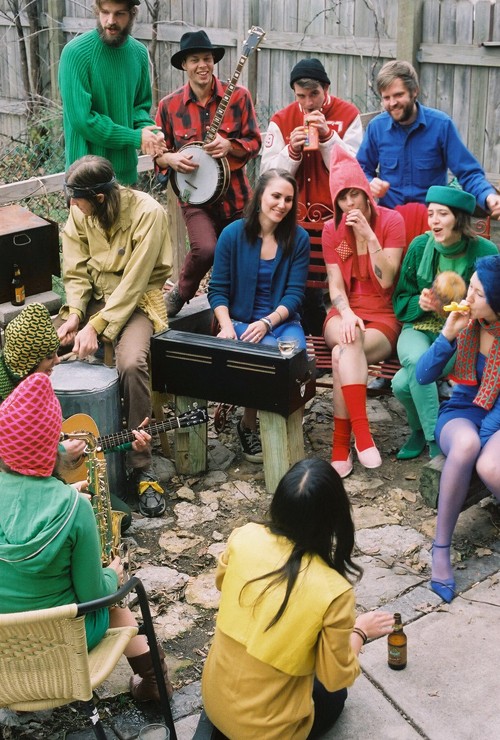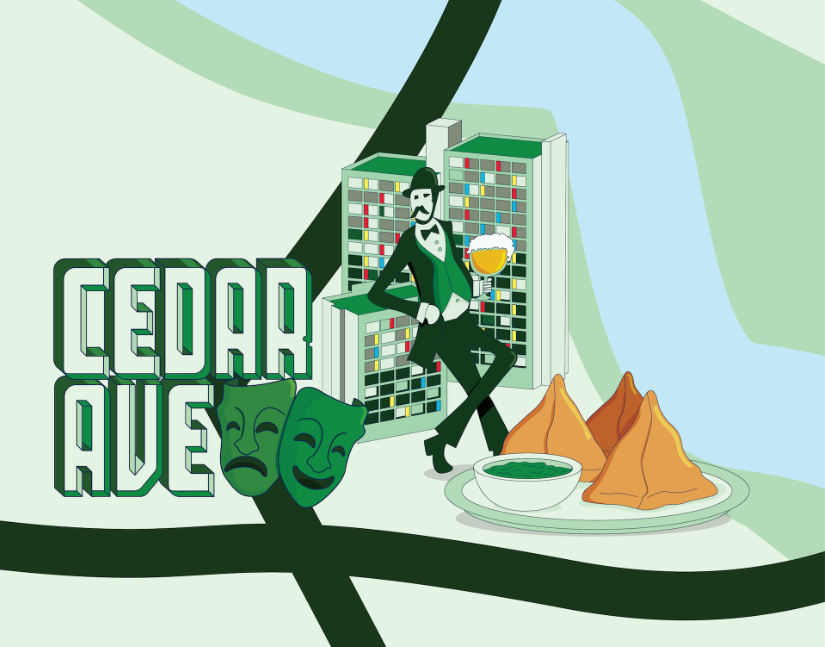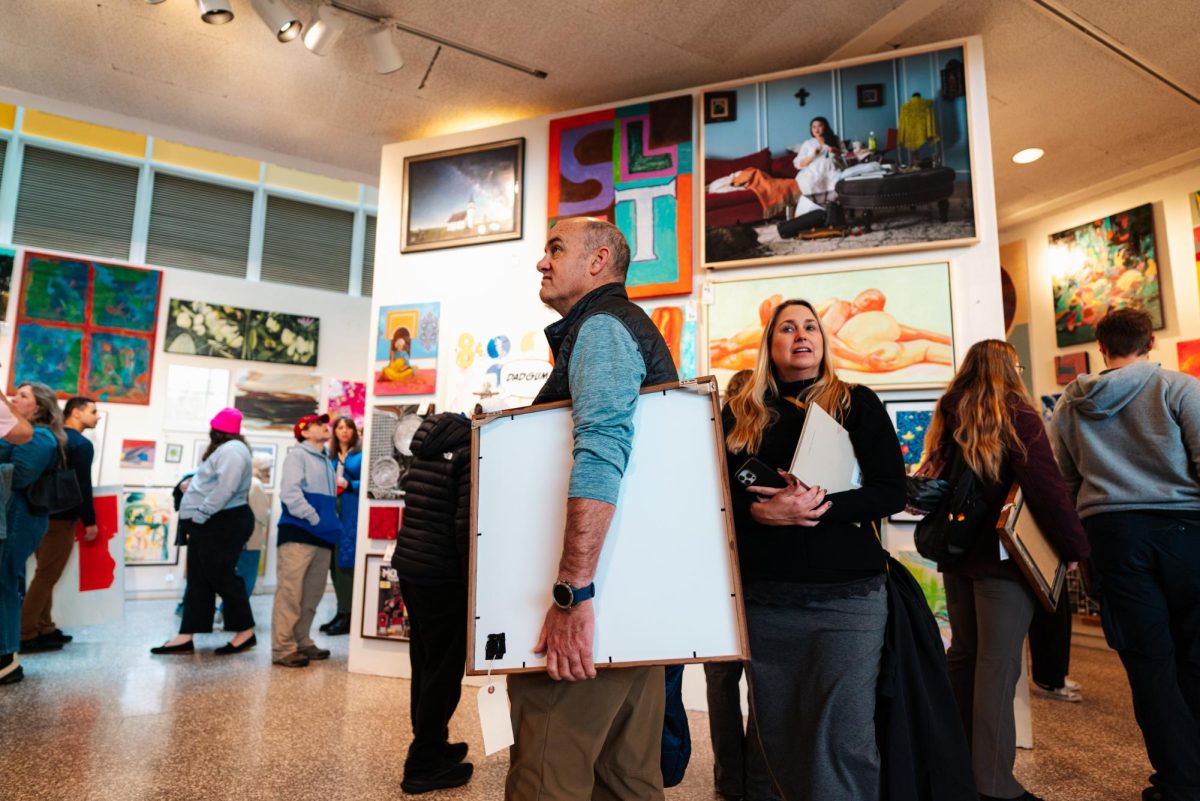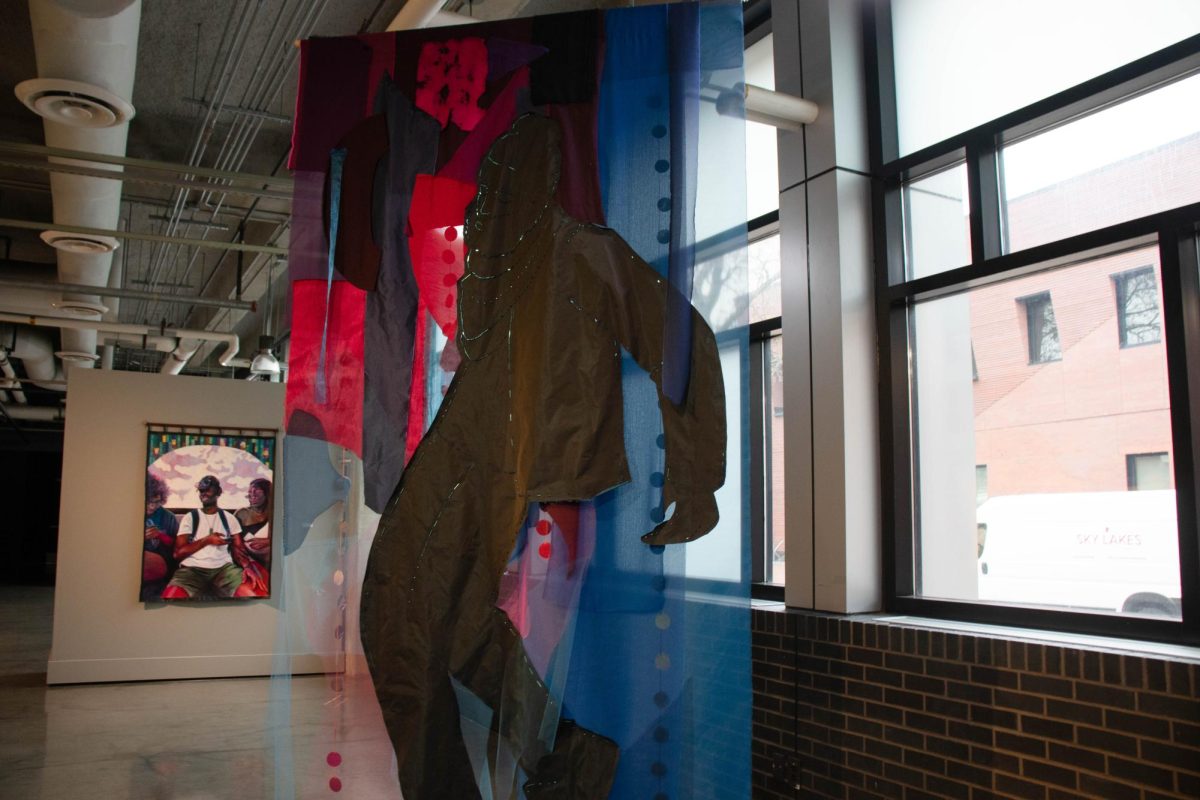WHAT: The New Land of Milk and Honey WHEN: Opening night performance 8 p.m. – 8:30 p.m. WHERE: The Soap Factory, 518. 2nd St. S.E. In our all-talk-no-walk society, people are always willing to devise and praise utopias, but when confronted with the actuality they fear living in a universe that might not drench everything in high-fructose corn syrup. Soap FactoryâÄôs new exhibit, The New Land of Milk and Honey, aims to take that next step as its focus, exploring the idea of a utopian society through communal living. âÄúThis entire project is presenting our ideal situation to the public. Not everything has been fully realized yet, but this is our plan; how we eventually would like things to turn out,âÄù said former Target designer and current New Land of Milk and Honey artist Annie Larson. The back-to-the-âÄò60s cabaret is the brainchild of three Minneapolis-based but Wisconsin commune-affiliated artists that include Larson and siblings Brett Smith and Erin Smith. Staying true to its cause, the exhibit will be manifold, featuring a plethora of hippie art by hippie folk. The radical exposition will promote craft communes and community-supported agriculture, as well as such communal capers as music, art, herbal balms, prenatal learning, bread baking, solar wave exchange and âÄúelectronic sleep.âÄù Although the different branches of the project have a common root in the countercultural movement of the âÄò60s, the artists are aware of their 40-year departure from the decade of love. âÄúThe way most [modern communes] formed was from knowing people that grew up on back-to-the-land communes of the âÄò60s. The children of those hippies went to the city and went to art school, went to college, and now they are deciding they want to go back to the farm,âÄù Brett Smith explained. Although it would seem logical that their simplistic ideals might yield distaste for the convolution of high technology and the World Wide Web, these communers are not intimidated by progress. âÄúTechnology is always beneficial,âÄù Larson said. âÄúOur ideal community involves the use of Segways and gyroscopic technology. We donâÄôt have any aversion to modern technology at all.âÄù Brett Smith added, âÄú[With the Internet] we can now gather together, access and sell items to the larger world. There is a resurgence of community-supported agriculture with people buying from someone whoâÄôs growing or someone whoâÄôs crafting, and I think that has a lot to do with the Internet.âÄù
Livin’ off the fat of the land
The Soap Factory’s new exhibit draws a blueprint for communal living, starting with creativity.

New Land of Milk and Honey explores the creative products of this artsy commune.
PHOTO COURTESY SAM HOOLIHAN
by Mark Brenden
Published February 17, 2010
0
More to Discover







